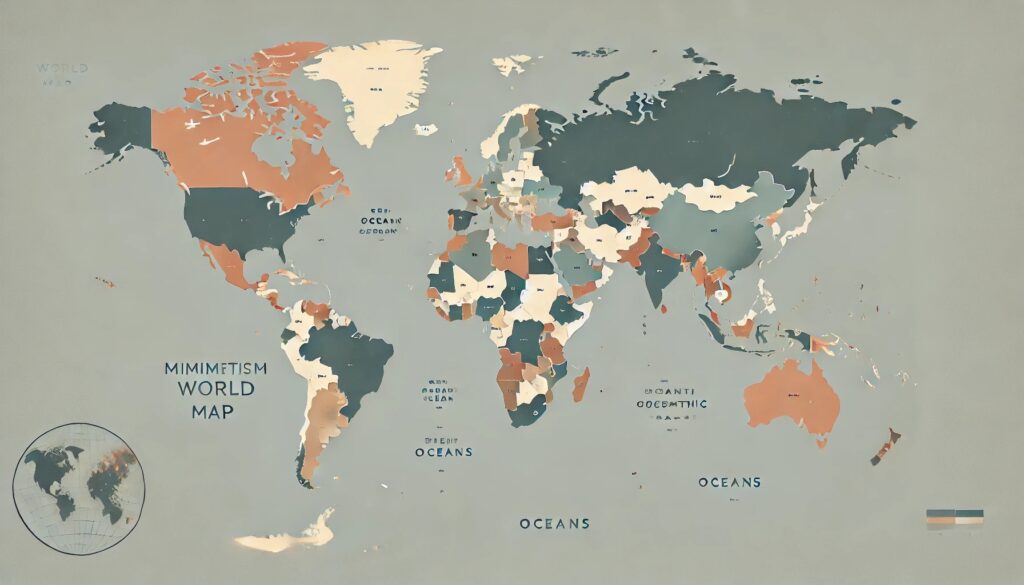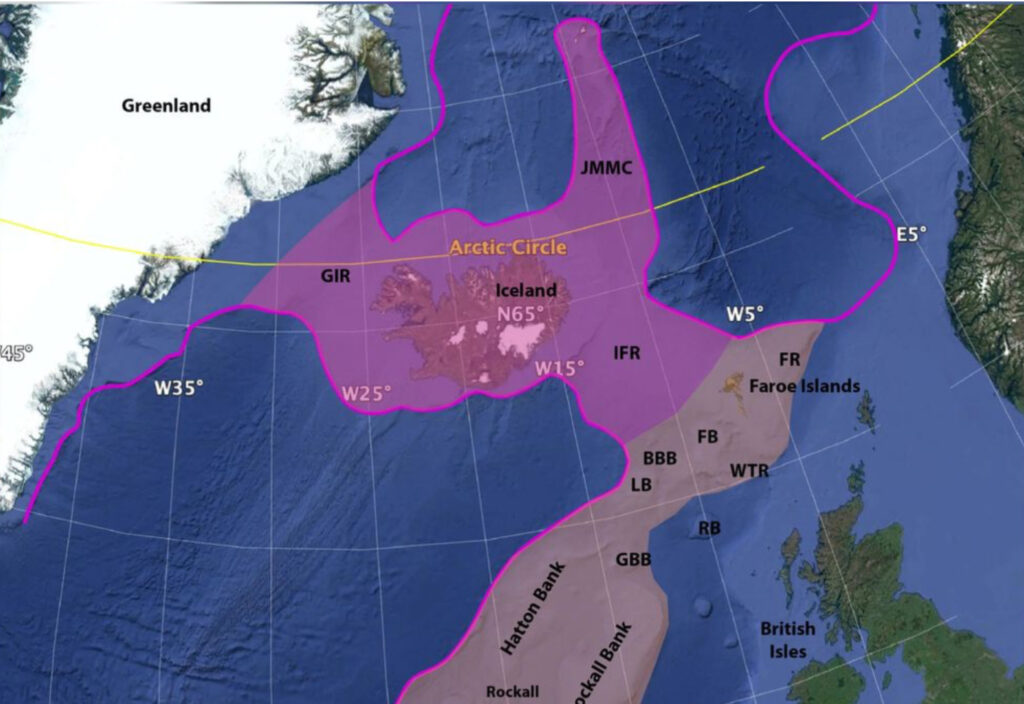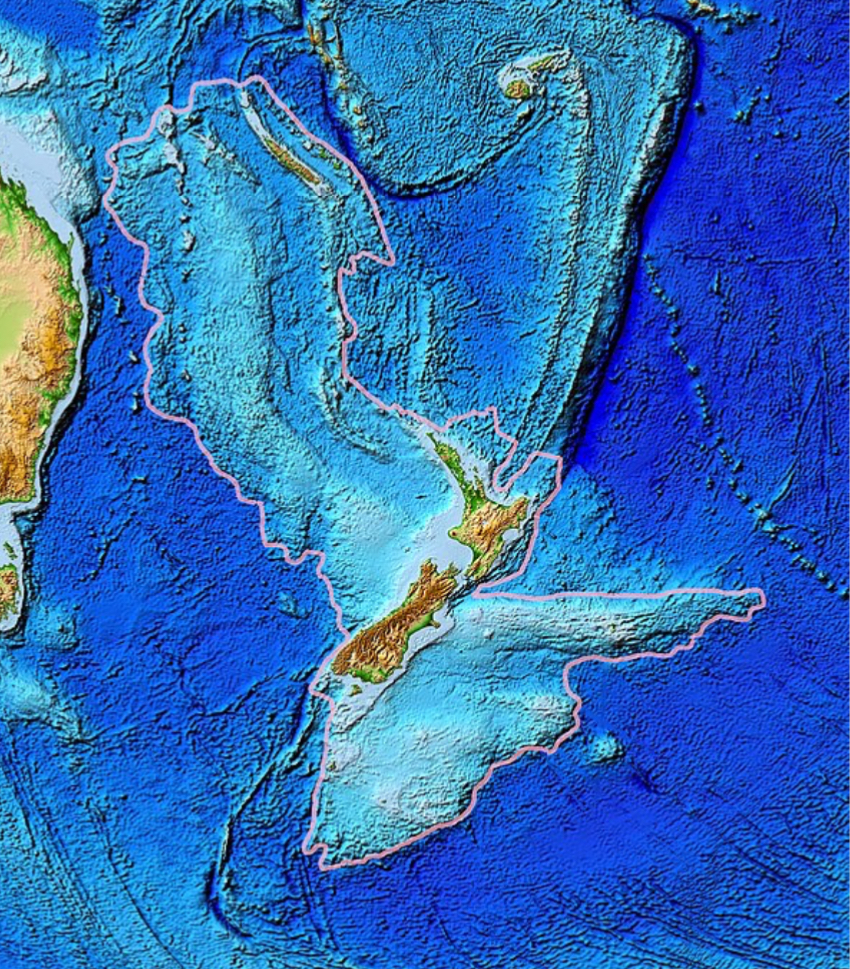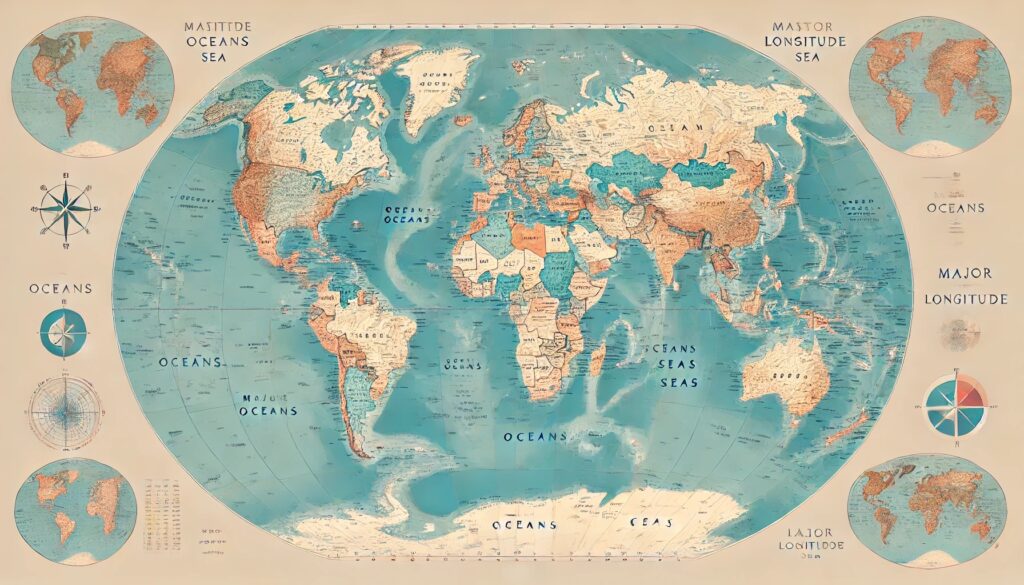
ChatGPT:
How Many Continents Are There? You May Not Like the Answers
🌎 Introduction
The commonly taught idea of seven continents has deep cultural roots but is not as scientifically stable as once believed. Geologists have been challenging this number, uncovering evidence suggesting we could count as few as two or as many as nine continents, depending on different definitions and geological criteria. This long-standing debate explores where cultural and scientific definitions diverge, as well as how new geological findings—such as the potential for continents like Zealandia and possibly “Icelandia”—are complicating our world map.
🧩 Cultural Definitions vs. Geological Criteria
While we teach seven continents culturally, geologists base continents on physical attributes: land elevation, crust type, rock composition, and defined boundaries. Discrepancies arise because culture often prefers simplified models, while science faces complexities in natural boundaries. This is why the cultural definition of continents, seen in songs and classrooms, remains straightforward, despite ongoing scientific debates.
In geology, a “continent” requires specific traits:
1. Elevation above the ocean floor
2. Rich rock variety, including igneous, metamorphic, and sedimentary
3. Thicker crust compared to oceanic crust
4. Clear boundaries around a large area
While most criteria are straightforward, the fourth, “clear boundaries,” proves contentious, especially as landmasses that seem separate sometimes reveal geological connections, making counting uncertain.
🌐 Eurasia and the Asia-Europe Debate
Asia and Europe are separated culturally but are part of the same landmass, often referred to as Eurasia. The division, from a geological viewpoint, is arbitrary, based on tradition and cultural differences rather than any physical separation. This suggests that the world could potentially have only six continents if Eurasia is counted as one.
🌊 The Connection of North America to Asia
The Bering Sea Shelf once connected North America and Asia via a land bridge, crossed by ancient humans, and is still visible underwater. This bridge, though now submerged, supports arguments that North America and Asia could be considered a single continental body. Geologists see this connection as undermining the standard count of seven continents, potentially reducing it to five if Eurasia and North America-Asia are each combined.
🏔️ Africa and Asia: The Red Sea Puzzle
The Red Sea ridge separates Africa from Asia at a pace as slow as fingernail growth. While most of the ridge is straightforward, it becomes muddled where the Red Sea meets the Gulf of Aden, with the continental crust “splintering” like stretched toffee, according to Durham University geologist Gillian Foulger. This messy division makes it difficult to define where Africa ends and Asia begins, raising questions about whether they should even be treated as separate continents.
🪨 Zealandia: A Potential New Continent
New Zealand sits on Zealandia, a submerged landmass that stretches far beyond its shores. Geological evidence, including rock samples from the seabed, shows Zealandia meets three out of four criteria for a continent—high elevation, diverse rock types, and thicker crust. However, Zealandia’s crust is only 10-30 kilometers thick, thinner than typical continental crusts, making it less well-defined in boundary and classification. Its submerged state also complicates acceptance, as people culturally associate continents with land above water.
Yet Zealandia’s distinct geological features continue to attract debate. Proponents argue that even submerged land with continental characteristics is still a continent, urging that Zealandia should be counted, though not all geologists agree.
🔥 Iceland: Bridging North America and Europe
Iceland, lying on the mid-ocean ridge, presents another challenge. Volcanoes on Iceland release lava from continental crust, despite its distance from traditional continents. Dr. Rime’s research suggests that Iceland may sit on a mix of continental crust fragments from both North America and Europe, adding to the ambiguity of its classification. This raises the question: is Iceland part of its own potential continent, “Icelandia,” or a shared region bridging two continents?
🔍 The Argument for Fewer Continents
Geologist Valentin Rime argues that the seven-continent model doesn’t hold under geological scrutiny. He proposes that if we look at continental connections, there may be only two main continents: Antarctica and “Everything Else.” Following this view, connections like Panama linking South and North America, and land bridges or tectonic proximity linking Asia, Africa, and Europe reduce the model drastically.
🌎 Counterpoint: Arguments for More Continents
Not all geologists agree with this minimal model. Dr. Nick Mortimer supports Zealandia as an eighth continent, noting that its separation from Australia is significant enough geologically. Mortimer’s argument is that Zealandia’s geological distinctiveness and the depth of ocean crust separating it from Australia merit separate classification, even if mostly submerged.
Similarly, Iceland could be argued as an independent landmass on its own continental crust mix. These models could increase the count to nine continents, challenging cultural views with scientific nuances.
🚀 Future Implications of Redefining Continents
These developments have meaningful implications. Geologists see this as a chance to better understand plate tectonics, land formation, and how continents may interact and drift over time. Such insights also impact our understanding of ocean formations and natural resources, as continental materials are critical to resource distribution. The debate over continent numbers thus provides both academic value and practical benefits.
The possibility of Zealandia or even Icelandia gaining official status as continents could push maps and textbooks to evolve. The research also illustrates that geological and cultural boundaries don’t always align, highlighting the flexible and evolving nature of earth science.
🧭 Conclusion
While children may continue singing about seven continents, science tells a more complex story. The debate illustrates the fascinating complexity of our planet, where even seemingly simple concepts, like continents, are subject to re-examination as technology advances. Future research could lead to a broader, more flexible understanding of Earth’s land masses, even as the cultural tradition of seven continents endures.


FAQs
Q: Why is the number of continents still debated?
A: The debate arises because cultural definitions (usually seven continents) differ from geological definitions, which depend on criteria like crust thickness, rock composition, elevation, and boundary clarity. Recent geological discoveries, like Zealandia and Iceland’s continental traits, challenge the traditional boundaries and definitions.
Q: What criteria do geologists use to define a continent?
A: Geologists look for four main traits: high elevation relative to the ocean floor, a variety of rock types (igneous, metamorphic, and sedimentary), thicker crust compared to oceanic crust, and well-defined boundaries. The last criterion, boundary clarity, often leads to debate since it’s not always straightforward.
Q: Why are Asia and Europe sometimes considered one continent?
A: Asia and Europe are a contiguous landmass, often referred to as “Eurasia” geologically. The cultural division is largely based on history and tradition rather than clear physical separation, so some scientists treat them as one continent.
Q: What is Zealandia, and why is it considered a possible continent?
A: Zealandia is a submerged landmass that includes New Zealand. It meets several geological criteria for being a continent, such as diverse rock types and thick crust. However, it’s mostly underwater, which challenges the traditional view of continents as dry land.
Q: Is Iceland part of its own continent?
A: Some geologists suggest Iceland might be part of a unique continental crust mix between North America and Europe. If further evidence confirms it, Iceland could be considered part of a separate continental entity, informally called “Icelandia.”
Q: Could there really be only two continents?
A: Some geologists argue that there could be only two major continents if we look at all connecting land bridges and tectonic connections. By this view, Antarctica and “Everything Else” would be the two continents, as other regions are linked in various ways.
Q: How might these new continent theories affect maps and education?
A: If Zealandia or Icelandia gains wider recognition as continents, maps and textbooks might start to include these new entities, adjusting the count. However, this would likely take time, as cultural definitions are deeply ingrained in educational systems.
Q: Why don’t submerged landmasses like Zealandia automatically count as continents?
A: Culturally, people often think of continents as land above sea level. Geologically, while being above water isn’t a strict criterion, it influences public perception and acceptance. Zealandia’s submerged state is thus part of the debate on its classification.
Q: What practical impacts could redefining continents have?
A: Understanding continental boundaries is vital for plate tectonics, resource distribution, and ocean formation studies. Recognizing new continents could help in studying geological processes and natural resources associated with these regions.
Q: Is there a consensus among scientists on the number of continents?
A: No, there is no single consensus. Views vary widely, from the traditional seven-continent model to proposals for as few as two or as many as nine, depending on geological criteria and how land connections are interpreted.

